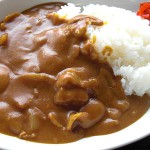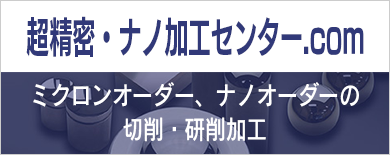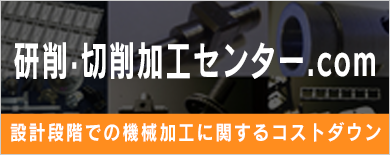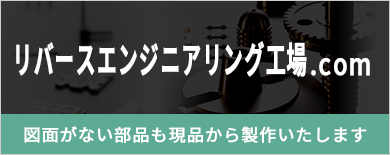スタッフブログ
14日目
14日目

昨日、社長と京都大学生と今までのインターンシップのこの3週間の内容の話しをしました。
最も面白い出てきた話題は木村製作所が入っているネットワークであるものです。当たり前、会社のに関係をよく見えないけど同じ産業や同じ地域である組織と繋がっているそうです。
他の会社を見たいです。
毎回事務所から外に出てくるとき、ビジネス環境をもっと理解できるようになっています。ヤッパリ、それはパーツメーカーの産業や日本のビジネス環境だけじゃなくて、世界の人間と経済の関係について学んでいます。
それは社長の管理するために使っている理論や原理は私が大学で勉強していたことと同じです。
すっかり違うが、昨日の昼ごはんについて書こうと思います。
前に述べたように時々お弁当の代わりにカレーライスを食べています。
食べた後で、カレーでお腹がいっぱいだから、カレーのことについて考えます。
だから、少しい歴史の勉強を読みました。明治時代、インド料理を元にイギリスで生まれて、元々洋食と思われています。(オーストラリアでの)インド料理より、日本で作っているカレーが濃くて辛くないです。
でも、両方もお腹にもたれます。
Day 14
Yesterday, I met with the company shachou and a representative from Kyoto University to discuss internship progress so far. The most interesting topic of the talk was the other organisations with which Kimura maintains a network. Naturally, it’s difficult for me to have much awareness of this kind of thing, but Kimura has relationships with many companies in the same industry and area.
I hope I can see some other companies eventually. Every time I leave the office, I get a better understanding of the “business environment”. It isn’t just the parts-maker industry, or even the Japanese business world, but the relationship between people and their economy that I learn about.
Supporting this, I was interested to find that the management theories and principles used by the shachou are the same as those I learnt in university back home.
A different track, I think I’ll write a little about yesterday’s lunch.
I’ve mentioned before that occasionally instead of bento boxes we get curry rice. After eating, since curry hangs around in my stomach it’s on my mind for a while.
As such, I did a little reading: curry was introduced to Japan in the Meiji-era (1868-1912). Despite being Indian in origin, the food was introduced by the English so is still considered a Western dish. Compared to (Australian) Indian curry, curry in Japan tends to be thicker and not at all spicy.
But they both stay in your tummy longer than you expect.



